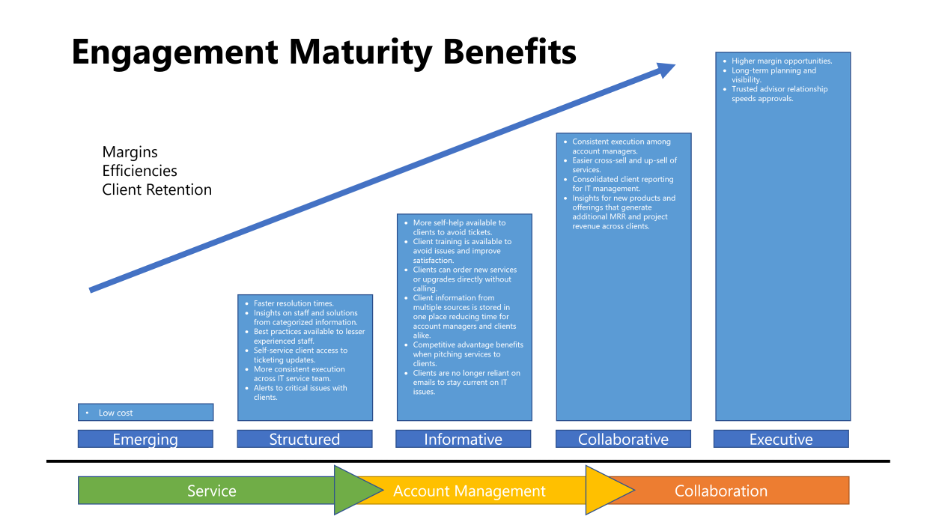Lashawnda Hightower @ lashawndahight Member Since: 31 May 2025
 United States
United States
About Me
Crash Warning as Report into DC Disaster at Reagan Airport Is Released

Federal investigators have actually raised concerns of a potential for another crash at Reagan National Airport, after a midair accident previously this year eliminated 67.

The National Transportation Safety Board gave an upgrade on their investigation into the cause of the disaster which happened on January 29 in Washington.

An American Airlines jetliner and a Black Hawk military helicopter collided in midair over the Potomac River, eliminating everybody on board both airplanes.
As part of an initial report launched on Tuesday, private investigators raised concerns of more collisions involving helicopters at the airport.
NTSB chair Jennifer Homendy stated: 'We remain worried about the considerable potential for future mid-air collision at DCA.'
Her concerns revolve around Transport Secretary Sean Duffy moving to restrict helicopter traffic around the location, however that is set to stop at the end of the month.
When authorities, medical or presidential transport helicopters need to utilize the area civilian airplanes are stopped from remaining in the exact same location.
Homendy said the NTSB is now suggesting that the FAA find a 'irreversible solution' for detours for helicopters when 2 of the airport's runways are in usage.
Emergency units react after a guest airplane hit a helicopter in the Potomac River near Ronald Reagan Washington Airport on January 30, 2025 in Arlington, Virginia
Chairman of the National Transportation Safety Bureau (NTSB) Jennifer Homendy talks to reporters about the 29 January mid-air collision
It was also revealed on Tuesday that there was warning signs in the lead up to the deadly disaster.
Those probing the crash went through 944,179 operations between October 2021 and December 2024.
It was uncovered that 15,214 'near-miss events' of planes getting alerts about helicopters being in close proximity between October 2021 and December 2024.
The NTSB also stated that there were 85 cases where two aircraft where laterally divided by less than 1,500 feet, and a vertical separation of less than 200 feet.
Homendy included: 'That data from October 2021 through December 2024, (the FAA) might have utilized that details whenever to identify that we have a pattern here and an issue here, and took a look at that route; that didn't take place, which is why we're taking action today. But sadly, people lost lives, and loved ones are grieving.'
Transportation Secretary Sean Duffy knocked these findings at a later press conference on Tuesday.
Duffy said: 'I believe the question is when this information comes in how did the FAA not know. How did they not study the data to state "hi, this is a location, we are having near misses and if we don't alter our methods we are gon na lose lives".'
He added: 'That wasn't done, maybe there was a focus on something aside from safety.'
Duffy would later on included when questioned by a press reporter about the near misses that the information had 'p *** ed him off'.
Pictured: Parts of the wreckage seen sitting in the Potomac River after Flight 5342 hit an Army Black Hawk helicopter on Wednesday night, eliminating 67 individuals
Your web browser does not support iframes.
Investigators believe that the helicopter associated with the crash might have had unreliable altitude readings in the minutes before the crash.
The collision most likely took place at an elevation just under 300 feet, as the plane descended toward the chopper, which was above its 200-foot limit for that area.
On Tuesday American Airlines invited the report by the NTSB, saying: 'We're grateful for the National Transportation Safety Board's immediate safety suggestions to limit helicopter traffic near DCA and for its thorough examination.
'We will continue to coordinate closely with PSA Airlines as it cooperates as an investigative party member.'
The helicopter pilots may have likewise missed part of another interaction, when the tower said the jet was turning toward a different runway, Homendy said last month.
The helicopter was on a 'check' flight that night where the pilot was undergoing a yearly test and a test on utilizing night vision goggles, Homendy said.
Investigators think the team was using night vision safety glasses throughout the flight.
The Army has said the Black Hawk team was highly experienced, and accustomed to the congested skies around the country ´ s capital.
At the time of the collision, a single air traffic controller was concurrently monitoring both the helicopter and airplane traffic.

Those tasks are generally dealt with between 2 people from 10am until 9:30 pm, according to an early FAA report seen by The New York Times.
Those jobs are usually managed between two individuals from 10am till 9:30 pm, according to the report.
Surveillance video footage taken from inside the airport captured the minute the two clashed in midair
At the time of the crash, a single air traffic controller was concurrently monitoring both the helicopter and aircraft traffic. Ronald Reagan Washington National Airport is seen here
After 9:30 pm the tasks are usually integrated and delegated one person as the airport sees less traffic later in the night.
A manager supposedly chose to combine those duties before the scheduled cutoff time nevertheless, and permitted one air traffic controller to leave work early.
The FAA report stated that staffing configuration 'was not typical for the time of day and volume of traffic'.
Reagan National has been understaffed for several years, with just 19 completely certified controllers as of September 2023 - well listed below the target of 30 - according to the most recent Air Traffic Controller Workforce Plan sent to Congress.
The scenario appeared to have actually enhanced since then, as a source told CNN the Reagan National control tower was 85 percent staffed with 24 of 28 positions filled.
Chronic understaffing at air traffic control towers is absolutely nothing brand-new, with well-known causes consisting of high turnover and budget cuts.
EXCLUSIVE
Full list of DC airplane crash victims: Four more passengers recognized after DC airport tragedy
In order to fill the gaps, controllers are often asked to work 10-hour days, six days a week.
After the release of the report, previous Inspector General of the US Department of Transportation Mary Schiavo deemed the findings as 'unusual'.
She stated: 'This NTSB action is extremely unusual. The release of an emergency suggestion requesting the FAA take instant action, before the conclusion of the NTSB investigation is unusual.'
The two airplane had actually clashed in a substantial fireball that showed up on dashcams of cars and trucks driving on highways that snake around the airport, before plunging into the river.
Less than a month later on, on February 17, a Delta guest plane crashed-landed upside down in chaotic scenes at Toronto Pearson International Airport in Canada.
Miraculously, everybody on board survived after being suspended upside-down by their seat belts for a number of minutes up until they tentatively started leaving.
The aircraft had actually been heading to Toronto from Minneapolis - Saint Paul International Airport with 76 passengers and four team members on board.
Some 21 individuals were required to the healthcare facility for treatment to minor injuries, and Delta has offered everyone a no-strings $30,000 payout in payment.
And the plane carnage is continuous - on Sunday, yet another jet crash-landed, this time in a parking lot of a suburban Pennsylvania retirement community.
Dramatic video showed the Beechcraft A36TC appear in flames in the parking lot of Brethren Village in Manheim Township. Five people were rushed to healthcare facility.
Medics, ambulances, and emergency automobiles rushed to the scene in Lancaster County as flames swallowed up the airplane and close-by automobiles.

The aircraft took off as scheduled on Sunday afternoon, however rapidly requested to land back on the tarmac due to the fact that its door had opened.
American Airlines

